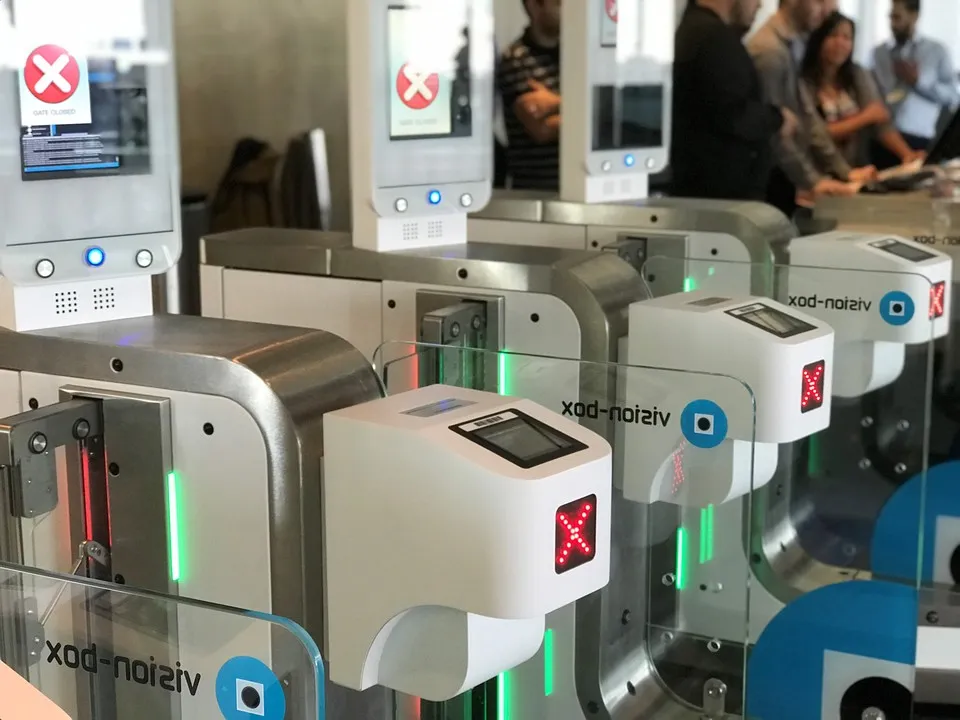
British Airways uses biometrics to speed boarding
Dec 21, 2017

British Airways has implemented biometric technology to enhance the boarding process for passengers. This innovative system uses facial recognition to streamline the check-in and boarding experience, allowing travelers to move through airport procedures more quickly and efficiently. By scanning a passenger's face at various points, the airline reduces the need for physical boarding passes and identification checks, ultimately minimizing wait times. This technology not only improves convenience for passengers but also contributes to smoother operations at busy airports. British Airways aims to create a more seamless travel experience while ensuring security and efficiency throughout the journey.
Understanding Biometrics in Air Travel
British Airways is leading the way in innovative travel solutions by implementing biometrics to enhance the boarding process. This technology uses unique biological traits, such as facial recognition, to streamline the experience for passengers. By integrating this advanced system, British Airways aims to reduce wait times and improve overall efficiency at the airport.
The Benefits of Biometrics for Passengers
Travelers often face long lines and delays when boarding planes. British Airways' adoption of biometrics addresses these issues effectively. Here are some key benefits:
- Faster Boarding: Passengers can board the aircraft more quickly, allowing for a smoother transition from check-in to takeoff.
- Enhanced Security: Biometrics provides an extra layer of security by verifying identities through unique physical characteristics.
- Improved Customer Experience: Reducing wait times enhances the overall travel experience, making it more enjoyable for passengers.
How Biometrics Works
The biometric boarding process is straightforward. Upon arrival at the airport, passengers can check in using a kiosk or mobile app, where they provide their biometric data. This data is then securely stored and linked to their boarding pass. When it’s time to board, passengers simply walk up to the biometric gate, where a camera scans their face to confirm their identity.
Chart: Biometrics Implementation Timeline
| Year | Milestone |
|---|---|
| 2018 | Pilot program launches at select airports |
| 2019 | Expansion to major hubs |
| 2020 | Full integration into boarding process |
| 2021 | Introduction of biometric check-in |
| 2022 | Feedback collection and system optimization |
Challenges and Considerations
While the benefits of biometrics are significant, there are challenges to consider. Privacy concerns remain a critical issue, as passengers may worry about how their biometric data is stored and used. British Airways has committed to ensuring that all data is handled securely and in compliance with regulations.
Future of Biometrics in Aviation
As technology continues to evolve, the use of biometrics in aviation is expected to expand. British Airways is at the forefront of this change, exploring new ways to incorporate biometric solutions throughout the entire travel journey. Here are some potential future applications:
- Seamless Check-in: Further integration of biometrics could allow passengers to bypass traditional check-in entirely.
- Expanded Use in Security: Biometrics may be used at security checkpoints, reducing the need for physical identification.
- Personalized Travel Experience: Data collected could help tailor services to individual traveler preferences.
Customer Feedback and Reactions
The introduction of biometrics has received mixed reactions from passengers. Many appreciate the efficiency it brings, while others express concerns about privacy. British Airways actively seeks feedback to improve the system and address any issues. Understanding passenger perspectives is crucial for the successful implementation of this technology.
Conclusion
British Airways is revolutionizing the air travel experience by integrating biometrics into the boarding process. The advantages of faster boarding, enhanced security, and improved customer satisfaction make it a compelling solution for modern air travel. As the airline continues to refine and expand this technology, it sets a precedent for other airlines to follow, ultimately shaping the future of air travel.
```Related Articles

Explore Thailand: The Best Islands to Visit for Paradise, Adventure, and Relaxation

The Ultimate Guide to the Best Islands in Thailand for Your Next Getaway

Do babies need passports? How to get a passport for a newborn

How to get a U.S. passport fast: here’s how to expedite the process

What is Mobile Passport Control: 5 reasons why you should use it

SENTRI vs. Global Entry: A detailed guide

Do you need a passport to go to the Bahamas? Let’s find out

Do you need a passport to go to Mexico? A detailed guide

Do you need a passport to go to Canada? We got the answer

Do You Need a Passport for a Cruise: An Essential Travel Guide

Booster Seat Requirements: All the Rules to Follow in Your Rental Car

What Are the World’s Most Powerful Passports, and How Does Yours Rank?

How to Take a Passport Photo at Home: A Helpful Guide

You've got to have heart! Southwest's new livery

Your opinion: Should water be free on low cost carriers?

Young women bolder than guys as solo travellers
